Consumer packaged goods sector will find it difficult to replace sunflower oil supplies threatened by the war in Ukraine
The war in Ukraine has profound implications for global vegetable oil markets, such as boosting demand for high oleic canola oil, say analysts. Ukraine typically accounts for about half of the world’s sunflower oil exports or about five to six million tonnes per year. “That’s a tremendous amount of oil,” said Bill Lapp, founder of […] Read more
Ukrainian war affects sunflower plans
Korey Peters is looking forward to seeding about 500 acres of sunflowers this spring. “We really like them and the price is good,” said Peters, who farms near Randolph, Man. He’s been upping his acreage since getting into the crop four years ago, but this year could be a particularly interesting one for North America’s […] Read more
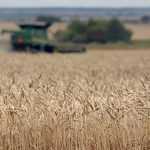
Putin’s disastrous war threatens global food security
Countries that rely on Russian and Ukraine grain to meet a large part of their wheat and corn needs must be feeling nervous about where they will get supply. It’s an immediate concern as Russia’s unprovoked invasion of Ukraine disrupts the latter’s ability to ship and to seed crops and the former’s ability to conduct […] Read more
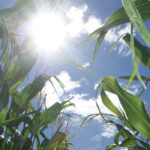
Sask. crop insurance hikes coverage, premiums
Average coverage is $405 per acre and the average total premium is $12.05, up from $273 and $8.59 per acre last year
Enhanced forage and corn rainfall programs, an expanded contract price option program and increased establishment benefits are all part of this year’s Saskatchewan crop insurance program. Agriculture minister David Marit announced the 2022 program last week, saying coverage and premiums are up due to higher commodity prices but premium rates have dropped. The average coverage […] Read more
Bull’s-eye pattern useful to sunflowers
The molecule responsible for the pattern not only helps attract pollinators but also protects plants from drought
Sunflowers are loved for their size and colourful, irresistible flowers, and it is widely recognized that the bright yellow petals attract pollinators. But within the densely packed arrangement of the petals is an ultraviolet bull’s-eye pattern that, while invisible to humans, is highly visible to some insects and especially bees, drawing them in for their […] Read more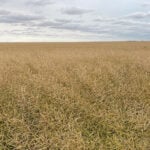
Health Canada to issue decision on gene edited crops
Health Canada is expected, very soon, to publish guidance on how gene-edited crops will be regulated. It appears the department will treat gene edited crops differently from genetically modified (transgenic) crops, which means the oversight of gene edited crops could be closer to conventionally bred crops. Gene editing is often described as adding, removing or […] Read more

Rancher aims to fit grazing system to the land
Managing 300 cow-calf pairs on coarse, sandy land instead of pushing grains and oilseeds takes intensive approach
This story is part of an ongoing series that looks at how some farmers are attempting to preserve their land, water and natural habitat while increasing profits and stability. MEDORA, Man. — In this area of southwestern Manitoba where cranes strutted across recently harvested cropland like departing kings, Matt van Steelandt paused to enjoy the […] Read more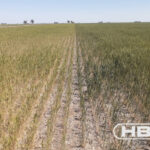
GM wheat takes a 136,000-acre step forward
Hundreds of farmers in Argentina are growing genetically modified wheat this year. A total of 225 producers planted a drought-tolerant wheat developed by Bioceres Crop Solutions on 135,850 acres of land earlier this summer. Growers are expected to harvest about 200,000 tonnes of the HB4 wheat this growing season. The drought-tolerance trait comes from sunflowers […] Read more
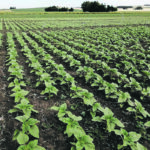
Too much N, too much of a good thing on sunflower
Sunflower value is based on oil and protein concentrations in the seeds. These elements set the price of the crop for end users, such as animal pellets and protein powders. Modern varieties of sunflower can produce more oil and protein, but they require more nitrogen to do so. However, research from Argentina shows that too […] Read more
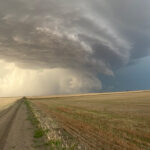
Recent rain threatens grain quality
Western Canadian farmers can’t catch a break this year. It is bad enough that a severe lack of moisture in June and July decimated yields. Now there are mounting concerns that the rains that finally arrived in the last half of August are causing quality damage. “It is concerning for sure,” said Daryl Beswitherick, program […] Read more






